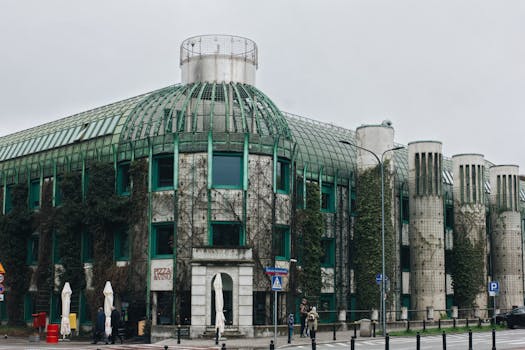
Sustainable Cities: How Europe is Shaping Eco-Friendly Lifestyles by 2025
Sustainable cities, eco-friendly lifestyles, and green architecture are the buzzwords of the future. As the world grapples with the challenges of climate change, environmental degradation, and social inequality, Europe is taking the lead in shaping a more sustainable future. By 2025, many European cities will be transformed into thriving, environmentally conscious hubs, where citizens can live, work, and play in harmony with the planet.
Introduction to Sustainable Cities
A sustainable city is one that is designed to minimize its impact on the environment, while also providing a high quality of life for its citizens. This can be achieved through a range of strategies, including the use of renewable energy, green architecture, and eco-friendly transportation systems. In Europe, cities such as Copenhagen, Stockholm, and Barcelona are already leading the way in sustainable city development, with a focus on reducing carbon emissions, promoting green spaces, and encouraging active transportation.
Green Architecture and Urban Planning
Green architecture and urban planning are key components of sustainable city development. By designing buildings and public spaces that are energy-efficient, sustainable, and aesthetically pleasing, cities can reduce their environmental footprint while also improving the quality of life for their citizens. In Europe, green roofs, green walls, and urban forests are becoming increasingly popular, as they provide numerous benefits, including improved air quality, reduced urban heat island effect, and enhanced biodiversity.
Renewable Energy and Transportation
Renewable energy and sustainable transportation systems are also critical components of sustainable city development. In Europe, cities such as Hamburg and Munich are investing heavily in renewable energy sources, such as wind and solar power, to reduce their reliance on fossil fuels. Electric and hybrid vehicles are also becoming increasingly popular, as they offer a cleaner, more sustainable alternative to traditional gasoline-powered vehicles.
Conclusion
In conclusion, Europe is shaping eco-friendly lifestyles by 2025 through a range of strategies, including sustainable city development, green architecture, and renewable energy. By investing in sustainable infrastructure, promoting eco-friendly transportation systems, and encouraging citizens to adopt environmentally conscious behaviors, European cities can reduce their environmental footprint, improve the quality of life for their citizens, and provide a model for sustainable urban development that can be replicated around the world.





